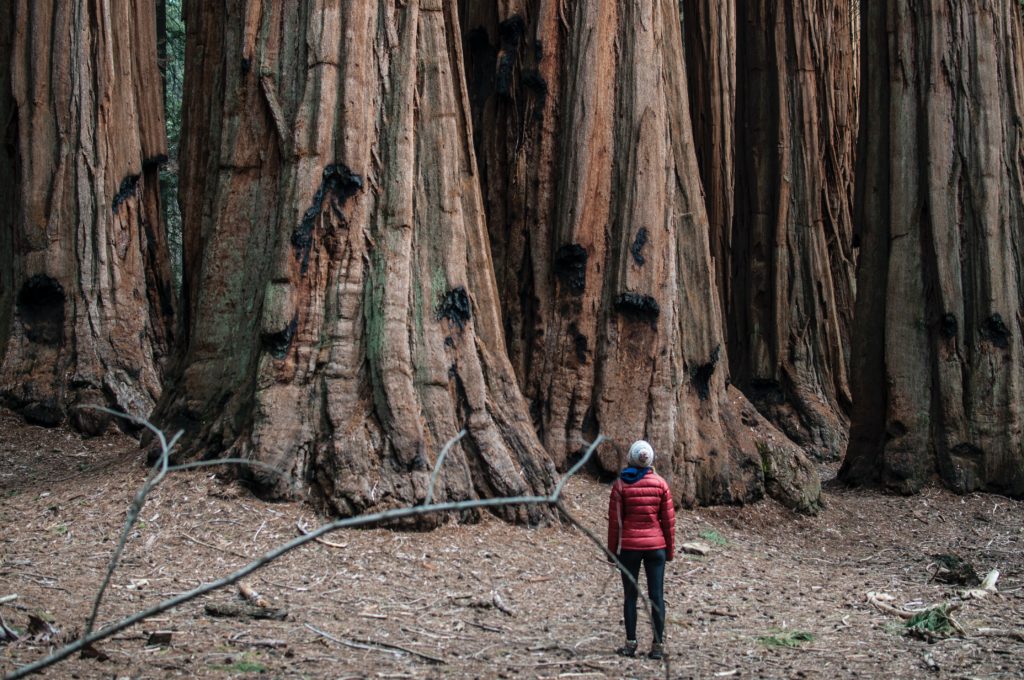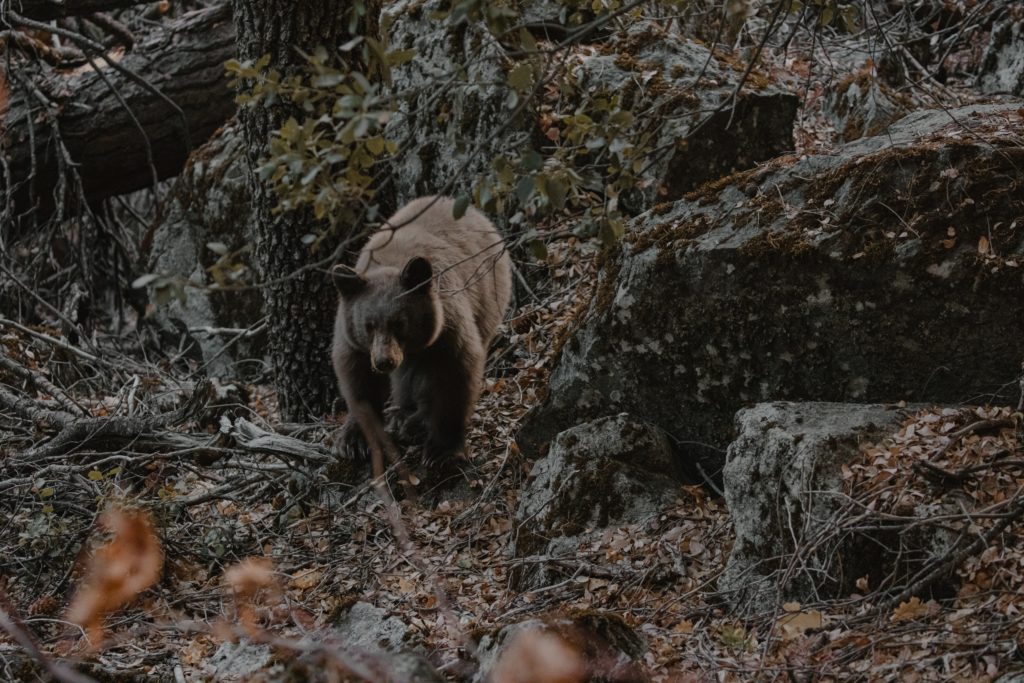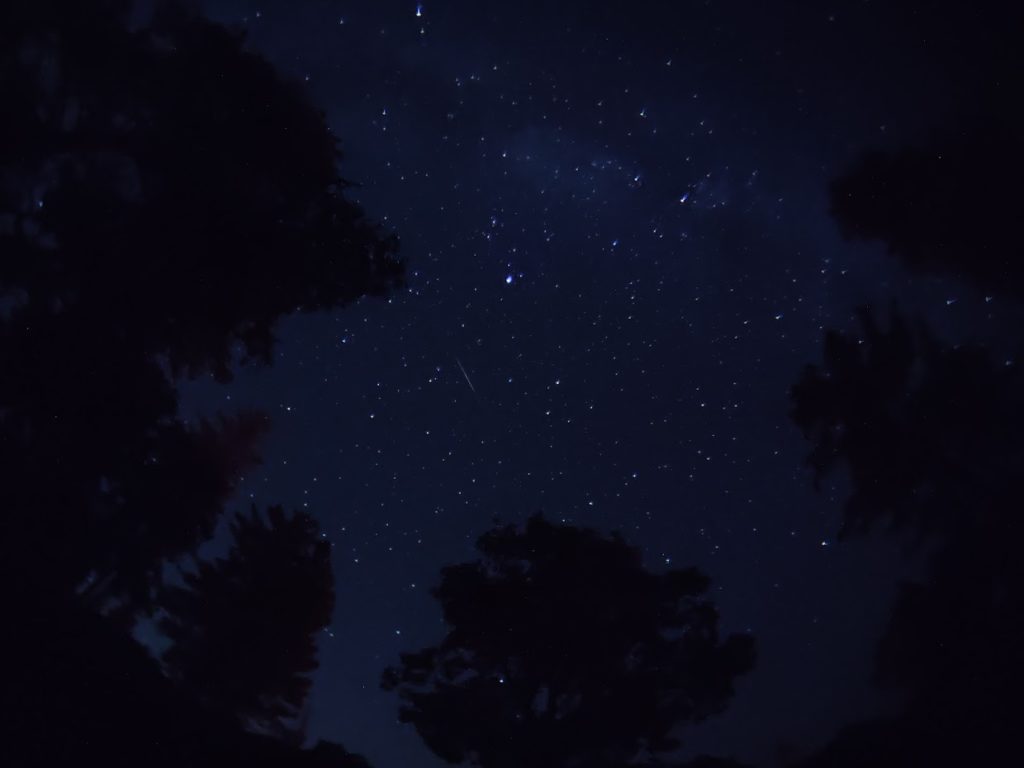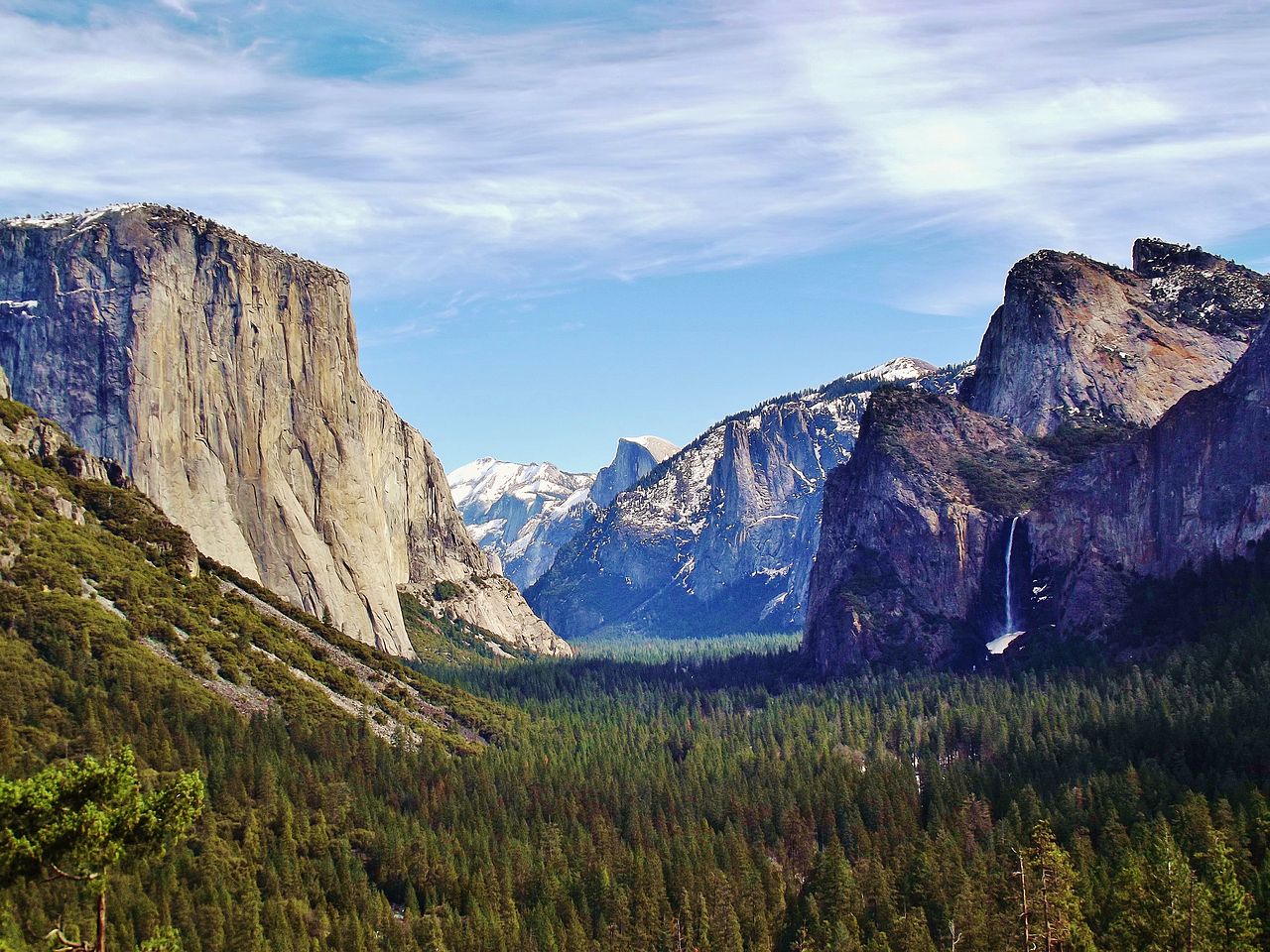Featured image: Yosemite Valley, by Mark J. Miller
Yosemite is one of the U.S’s oldest National Parks established in October 1 1890, with only Sequoia and Yellowstone being older. Yosemite has a very large territory, containing 748,436 acres or 1,169 square miles of land. It even sits in four counties, those counties being Tuolumne, Mariposa (Hence Yosemite’s iconic Mariposa grove), Mono, and Madera.
Designated a World Heritage Site in 1984, Yosemite is internationally recognized for its granite cliffs, waterfalls, clear streams, giant sequoia groves, lakes, mountains, meadows, glaciers, and biological diversity. Almost 95% of the park is designated wilderness.
Wikipedia
Notable features, events, and animals
Some of these features aren’t necessarily specific to Yosemite, such as Giant Sequioas, black bears, biodiversity, etc. What would make Yosemite special is how big it is; as such, it is rich in biodiversity, places and features to see, and activities or events to attend. (With the pandemic still raging, you’d definietely want to do your research on where you can go or what you can do).
Yosemite Valley
Yosemite Valley is undoubtedly the most iconic and most popular feature of Yosemite, with various viewpoints. Yosemite Valley is a glacial valley (u-shaped valley), which as the name suggests, was formed by glaciers a million years ago. Just 10,000 years ago, the valley started to look the way it does now when the last valley glacier melted. There are various rock formations you can see, depending on your view.

Mountains, rock formations, and waterfalls
Yosemite is known for its granite domes. It also has a mountain range running through it, the Sierra Nevada. The most notable rock formations are El Capitan, Half Dome, and Glacier Point. Horsetail Falls is a seasonal waterfall, flowing in late winter to early spring, and is especially known for a rare spectacle that occurs in mid-late February, a fire fall, which I’ve already written about.
Mariposa Grove
is where you can find most of the Giant Sequoias in Yosemite. There are many Giant Sequoias, and several Sequoias that have been fallen for a long time. Here’s my own photo of a fallen giant. Mariposa Grove as far as I know is currently closed, due to downed trees in a Mono wind event.

Animals
Black bears are the most iconic animals in Yosemite; they’re also the animal you’re most likely to encounter and must prepare for. How you pack food, throw away garbage, camp, hike, and behave will have to account for bears. Here’s what to do if you encounter a bear, and how to properly manage food. Other animals, such as fish, birds (owls and birds of prey), insects (pesky mosquitoes, hover flies, and bees), you should read about for yourself, though I would like to give a shout out to the Great Gray owl, one of the world’s largest owls. This is because in high school, a group of classmates and I were tasked with trying to sight them, but to no avail. If you spot or hear one, consider yourself very lucky.

Night
Yosemite, like many National Parks (hopefully), has the luxury of a true night sky, barely or not illuminated by light pollution. As far as I know, Yosemite doesn’t have a specific event for night sky viewing, while the Sequoia & Kings Canyon National Parks does; a Dark Sky Festival. People set up telescopes so that you may view several celestial objects, be it Saturn, the moon, or a galaxy. Of course, these events have been canceled due to COVID-19, but nothing is stopping anyone from seeing the naked night sky.

Planning your visit
In case you missed it, reservations are no longer required to get entry to Yosemite National Park. However, if you plan on camping, lodging, or backpacking, reservations are recommended to save time (trust me, you’ll need it). Yosemite, pandemic or not, has always been highly visited by people all over. Thankfully, it’s a large park, so if you want to have peace and quiet, consider taking the roads not taken by almost everyone else. Get more information by clicking the button below at Yosemite’s website.
